Cultivating Success with Soil Aeration and Drainage Amendments
Picture this: a garden bathed in golden sunlight, flourishing with vibrant greens and bursting with colorful blooms. This is the symphony of life, with insects buzzing and microorganisms wiggling around. Whether you’re tending to small backyard gardens or acres of farmland, one can only hope that their crops look this inspiringly gorgeous.
Not only is there a performance of buds teeming with new life and stalks growing to towering heights, but there is another show that’s unfolding beneath the soil’s surface. Other than the staples: water, sunlight, and organic fertilizer, what’s the secret behind this thriving ecosystem? It’s not just the magic of nature; it’s the deliberate and research-based practice of soil drainage and aeration. In the intricate relationship between plants and soil, the importance of soil drainage and aeration cannot be overstated.
Though a seemingly small step in the complex life cycle of growing, soil drainage and aeration are the unsung heroes. These two elements play pivotal roles in gardening and farming.
What is Soil Aeration?
Soil aeration is the process of introducing extra air and space into the soil, which enhances its porosity and allows more oxygen to reach plant roots. Basically, it’s important to let the earth breathe just like all the living creatures on it. When soil becomes too compact, particles are too densely packed together, and the exchange of gases, namely oxygen, becomes limited.
Soil compaction happens naturally and can be caused by many things, such as:
- Foot traffic
- Use of heavy machinery
- Adverse weather conditions
Soil aeration breaks down this barrier, promoting healthier root development, nutrient absorption, and overall plant vitality. Aerating soil promotes microbial activity, allows healthy organisms to thrive around your plants, and encourages efficient nutrient cycling. There are lots of different methods of soil aeration, but we think the best ones are those that prioritize the long-term health of the soil, your plants, and the earth.
What is Soil Drainage?
Just like soil aeration, soil drainage is an important component of proper farming and gardening. Soil drainage simply refers to how quickly water drains from the roots and soils in your gardening areas. It can be a bit of a tricky balance to figure out the right combination of amendments, fertilizers, and other tools to get the proper soil drainage.
The goal is to strike the perfect balance for your plants – providing enough water to aid in normal plant cell function while also preventing excess moisture from causing harm. Poor soil drainage can lead to plant diseases, like tomato rot, nutrient leaching, and a host of other problems. On the contrary, too much drainage will leave your plants dry and unable to properly complete natural processes like photosynthesis and cellular respiration.
Why Do Soil Drainage and Aeration Matter?
While it’s true that one can occasionally grow successful plants without proper soil drainage and aeration, it’s only a matter of time before things go south. Even if you find yourself harvesting ripe tomatoes and abundant peppers one season, the next might not be so fruitful.
Over time, compacted and poorly drained soil grows stale and dry from lack of decomposition and gas and water exchange. Proper soil aeration and drainage keep soil healthy for more than one growing season, ensuring your land is ready to keep supporting your gorgeous plants for years to come.
An Easy Guide to Soil Aeration
Soil aeration is simple, and once you get the basics down, you’ll be ready to aerate year after year with no problem. First, it’s important to figure out the best time to aerate your land. Timing is everything when it comes to soil structure. Optimal periods are usually in the spring and fall, and many people choose to complete this task in between growing seasons.
When choosing the best time to aerate, some important goals to keep in mind are:
- Avoid harsh temperatures
- Don’t disturb thriving plants
- Choose moist, not waterlogged, soil
Soil Aeration Methods
There are three main types of soil aeration: core aeration, spiking, and liquid soil aeration. Core and spiking aeration both involve physically putting holes in the ground and removing pieces of soil. There are physical aerator tools available to help with this, like core kits and even shoes with spikes on the bottom. While these methods can be effective, we at Rocky Mountain BioAg® love the addition of soil amendments of all kinds.
The Role of Soil Drainage Amendments
Soil drainage amendments may sound complicated, but their function and use are simple: to add a physical product to the soil in order to create and maintain proper soil structure. Soil structure plays a pivotal role in determining the success of plant growth, and if water can’t properly cycle through, your plants don’t get what they need. Not only are soil drainage amendments easy to use and cost-effective, but they often have extra benefits that help your soil, your plants, and the environment.
Effective Natural Soil Drainage Amendments
One of our favorite soil drainage and aeration amendments is Agricultural Pumice. You might be thinking, “But pumice is a rock!” and you’d be correct. However, since pumice is so porous, it helps add a little extra structure and texture to the soil. Its natural holes allow water and oxygen to pass through with the perfect amount of resistance, ensuring your plants get everything they need to thrive.
Another amendment that is good for just about any species is Parboiled Rice Hulls, which are made with the outer shell of regular rice. It’s naturally a waste product, so finding extra uses for it increases sustainability efforts and makes it even more eco-friendly. These rice hulls help with water retention and soil aeration and even have extra nutrients that benefit plants. They are also wallet-friendly, and their benefits stick around for a long time.
Liquid Soil Aeration Methods
Somewhere along the line, traditional soil aeration methods, like coring and spiking, got a bit of a makeover. Liquid aeration is redefining the landscape, offering a convenient and effective alternative to conventional practices. This modern soil treatment is designed to improve soil structure, all while promoting healthy growth for all types of plant species. Instead of physically creating holes in the ground, liquid aeration involves applying specially formulated solutions that work their magic below the surface.
The secret of liquid soil aeration lies in the ingredients within these liquid formulations. Things like soil penetrants, natural acids, and other organic matter help to break down compacted soil, opening up little channels and airways for oxygen, water, and root growth. Think of it like eating your fruits and veggies: it’s constantly working from within to improve overall health and wellness.
Liquid soil aeration and increased drainage effectiveness can happen with a lot of different products. A tried-and-true option is an overall soil enhancement solution. Oftentimes, general soil enhancements have tons of benefits, two of which are soil drainage and aeration. They help maximize nutrient uptake and restore all the healthy bacteria and microorganisms needed to help your plants thrive.
How to Apply Liquid Soil Amendments
Liquid amendments offer a versatile and efficient solution, allowing for targeted delivery and rapid absorption. The application of liquid soil amendments sounds tricky, but it’s actually a simple process that yields fantastic results in no time. It might take a little experimenting to find the method that works best for your situation.
Liquid soil amendments can be distributed using:
- A specialty sprayer
- Irrigation
- Hydroponics systems
For those managing a smaller plot of land, a specialty sprayer might be your best bet. Sprayers allow you to mix your own concentration of product and apply the perfect amount yourself. There are things as small as a hose attachment and larger options, like a backpack sprayer. In a similar fashion, irrigation systems support soil amendments on a larger scale. Farmers with lots of acreage tend to have comprehensive irrigation systems, and liquid soil amendments can be seamlessly integrated.
Finally, and perhaps most surprisingly, you can use soil amendments in hydroponics systems. This may sound counterintuitive, given that soil isn’t present in these systems. However, liquid soil amendments can be added directly into the water of hydroponics systems, delivering speedy results and rapid nutrient uptake.
Soil Aeration and Drainage with NPK
Soil drainage and aeration are imperative, but you can’t have the garden of your dreams without the star of the show: fertilizer. Organic fertilizer is the key to bringing all the elements together in perfect harmony to grow lush, fruitful crops. NPK is the common abbreviation for Nitrogen, Phosphorus, and Potassium, the three main elements in organic fertilizer. Each of these elements has its own job, and all three link up with soil drainage tactics to foster a harmonious ecosystem.
Organic fertilizers are available in different concentrations of NPK. For example, if you have a 13-2-2 Organic Fertilizer, it contains thirteen percent nitrogen, two percent phosphorus, and two percent potassium. There are some products that combine the best of both worlds, giving physical aeration techniques while also containing a large amount of NPK. Earthworm Castings are the perfect example of this: a rich, nutrient-dense soil amendment that doubles as organic fertilizer. They are truly soil’s best friend and can improve just about any garden.
If you’re having trouble finding the right fertilizer to combine with your soil drainage and aeration techniques, fear not. Rocky Mountain BioAg® has tons of information about what’s in fertilizer and how the ingredients converge with other gardening techniques.
Why Should I Practice Sustainable Farming?
Environmental consciousness should be at the heart of all farming and gardening practices, and soil aeration and drainage are no different. It’s all about recognizing and preserving the intricate web of life within the soil – the microbes, fungi, and organic matter that all contribute to soil fertility. Practices like crop rotation, composting, and proper soil aeration and drainage are all integral components of soil management that honor the earth.
In the realm of sustainable soil drainage and aeration, precision is the key to minimizing environmental impact. Choosing targeted methods, like the liquid soil amendments outlined above, allows for efficient soil improvement without much disruption. By reducing the need for heavy machinery and harsh chemicals, your soil aeration and drainage practices contribute to conservation efforts and the preservation of precious, healthy land.
3 Bonus Tips for Greater Garden Success
Tip 1: Organic Herbicides
With proper soil drainage and aeration, you already have a fantastic chance of success with your garden or farm. However, there are lots of other great tips and tricks to keep your plants healthy and happy. It’s always a great idea to have an all-natural herbicide on hand. Sometimes weeds can come out of nowhere, and you need to nip them in the bud (pun intended) sooner rather than later. Some of our favorite organic herbicides even contain soil conditioners, vitamins, and minerals.
Tip 2: Organic Pesticides
On a similar note, pesticides can be helpful. Many people are hesitant to use pesticides because they are known for being harsh and full of chemicals. Fortunately, we stock dozens of different organic pesticides that will help you treat just about any bug problem without the use of harmful chemical compounds that can hurt your plants or our planet.
Tip 3: Crop Rotation
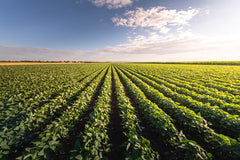
Finally, one of our favorite tips for long-term success of your garden or farm is crop rotation. Crop rotation is the idea of planting different crops in the same space over different growing seasons or years. For instance, if you have a great tomato patch that has served you well for three years, you might consider switching to lettuce in that area and moving your tomatoes elsewhere. Different plants thrive in different environments and with various nutrients. If the same plant stays in one place too long, that soil may become deficient in the necessary vitamins and minerals to sustain them.
Your Perfectly Structured Soil
As stewards of the earth, embracing the principles of soil aeration and drainage becomes more than just a horticultural choice – it becomes a commitment to cultivating a healthier, more vibrant planet. Breaking new ground and breathing life into your soil has never been easier, and Rocky Mountain BioAg® is here to help.




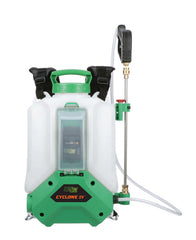
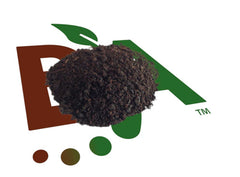
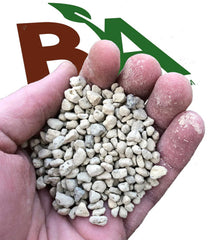
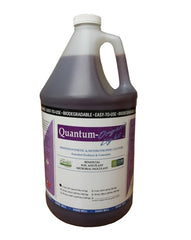
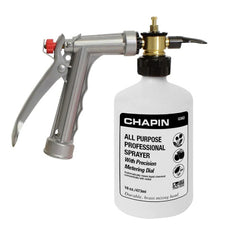


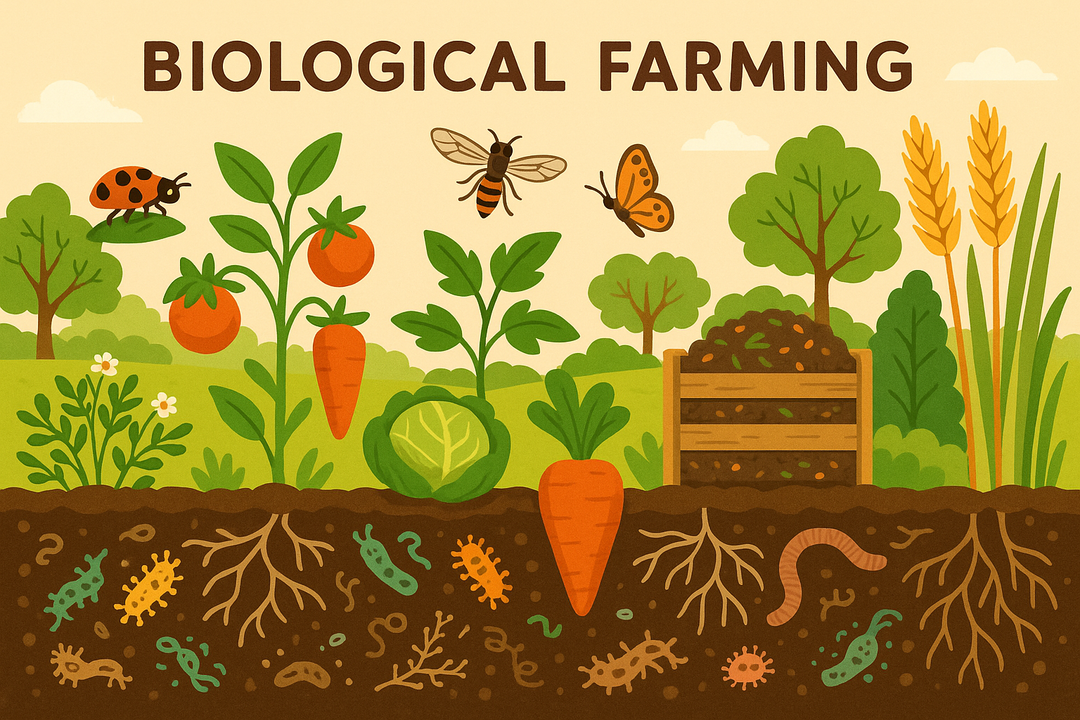
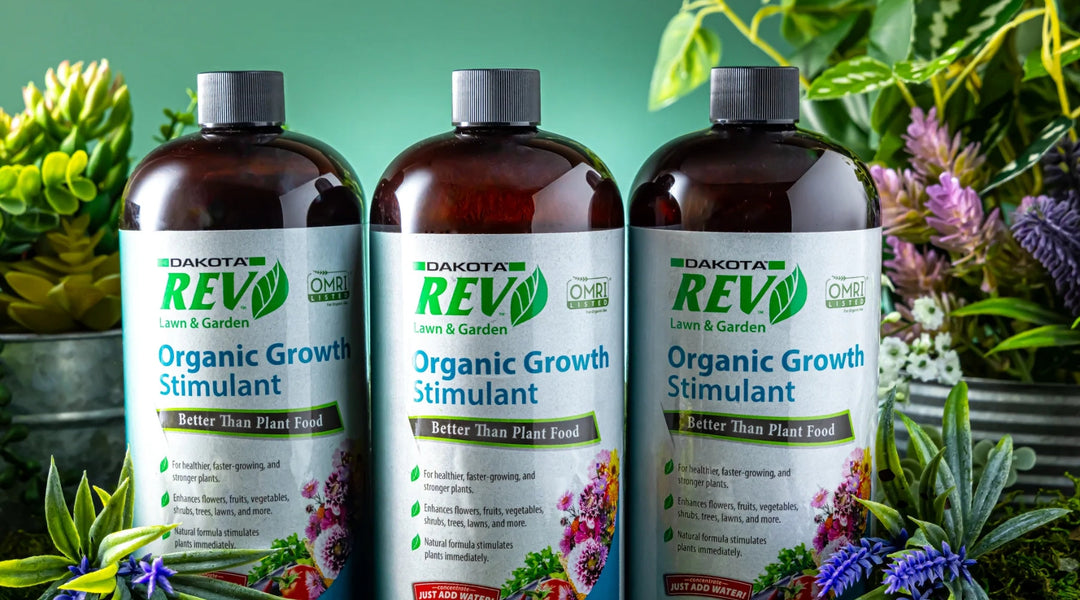
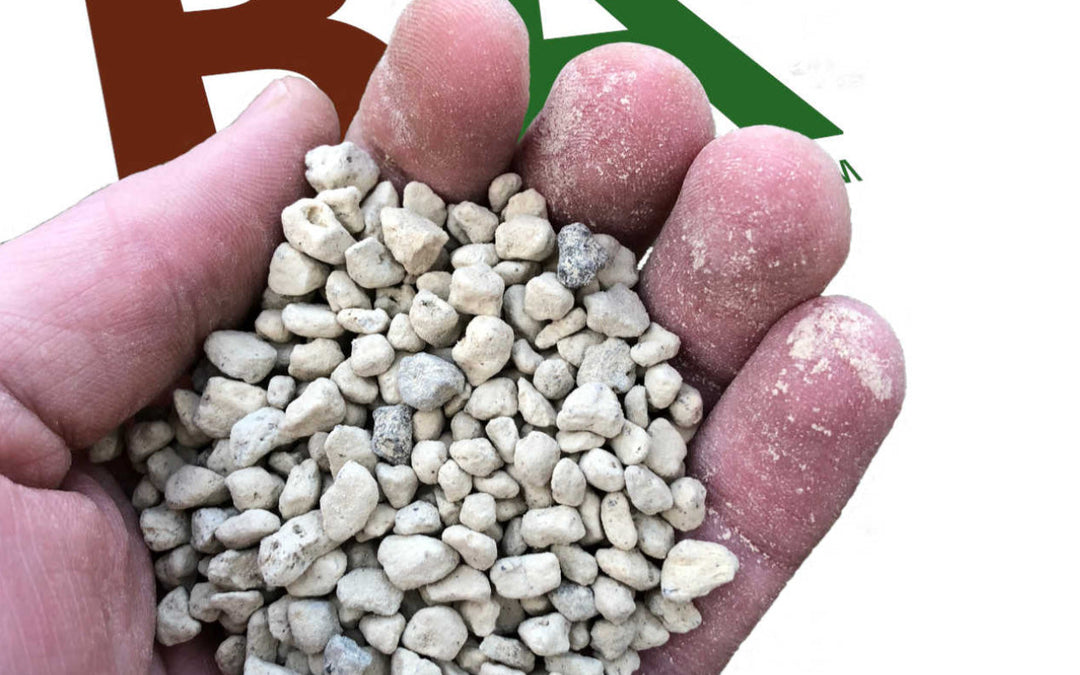
Leave a comment